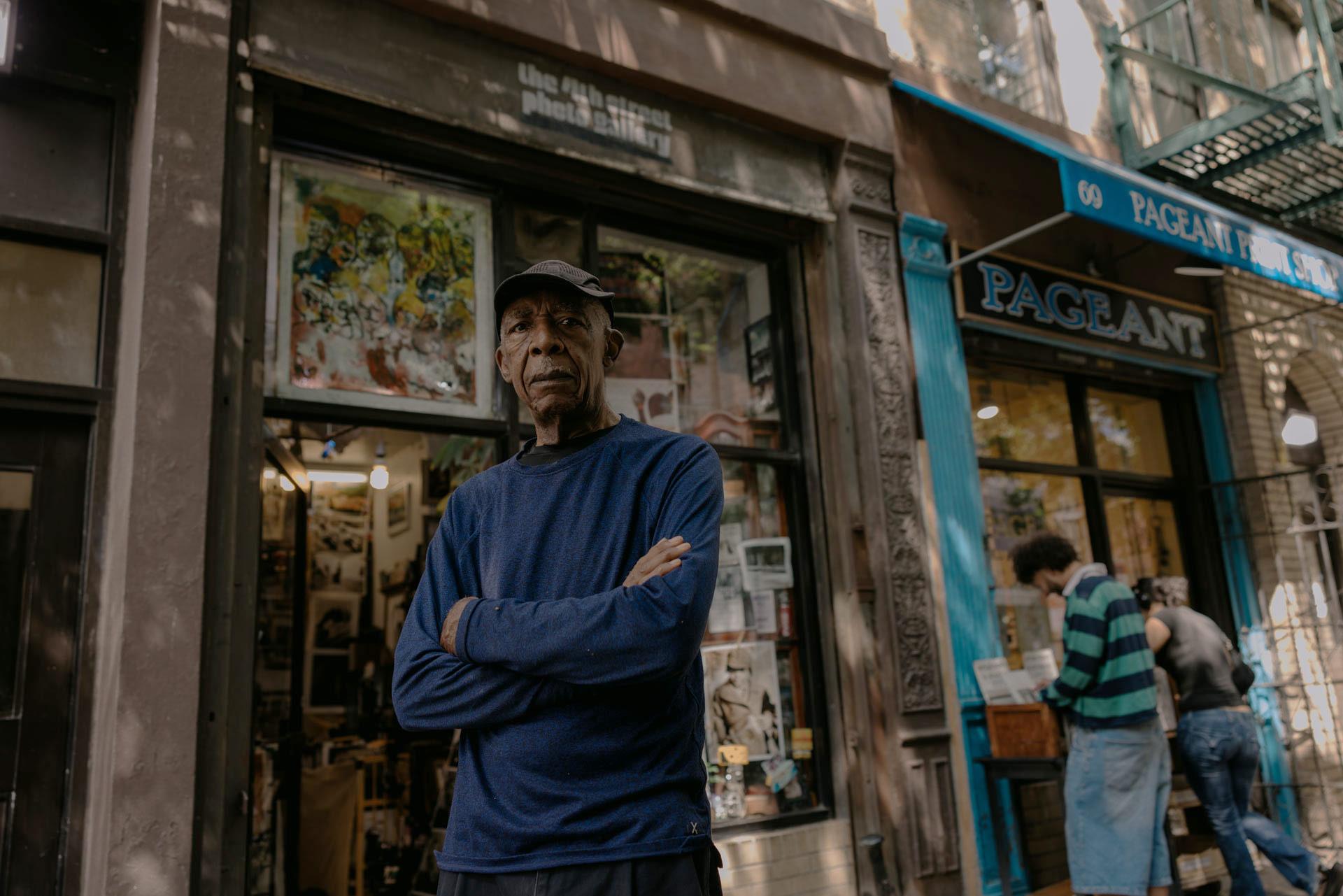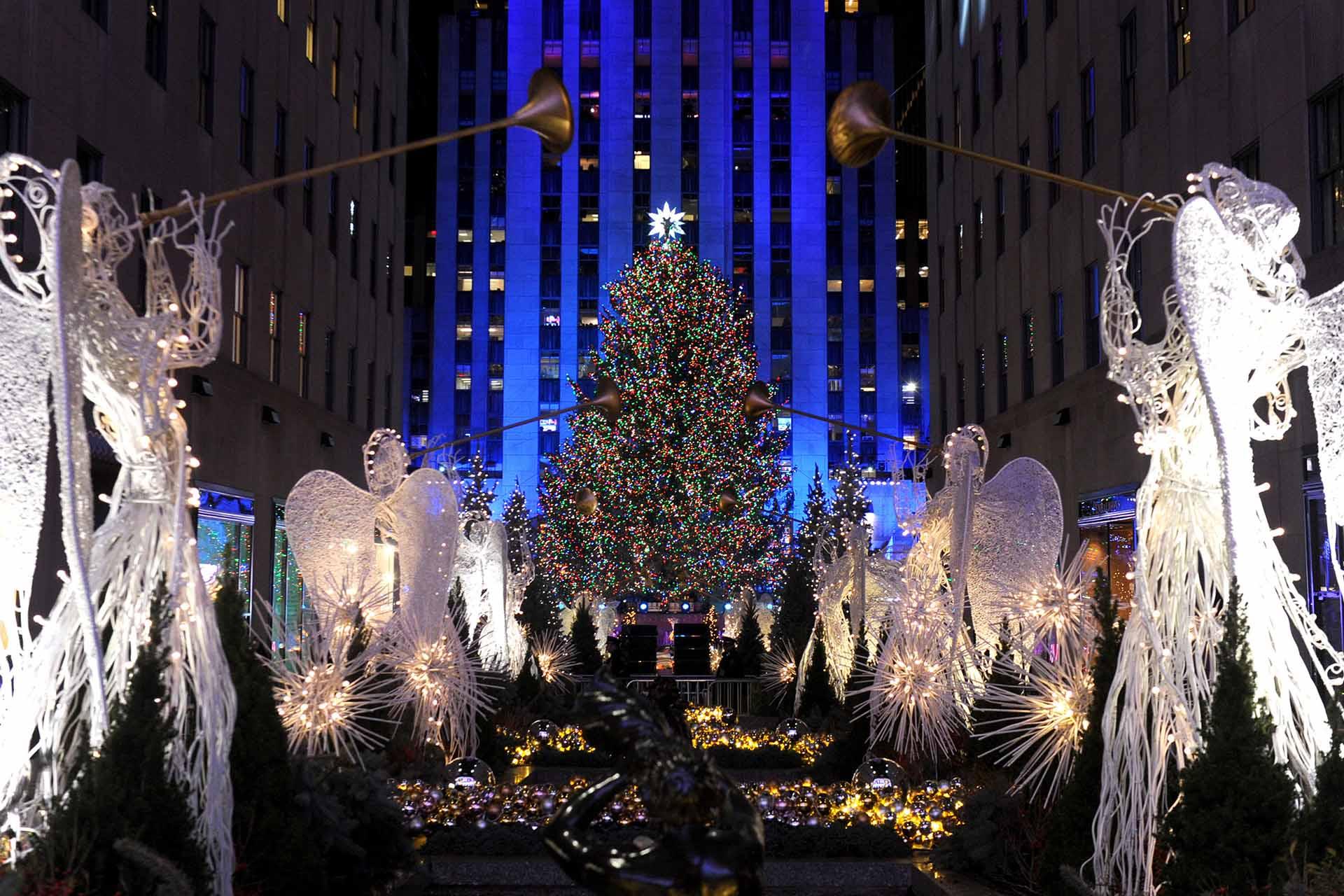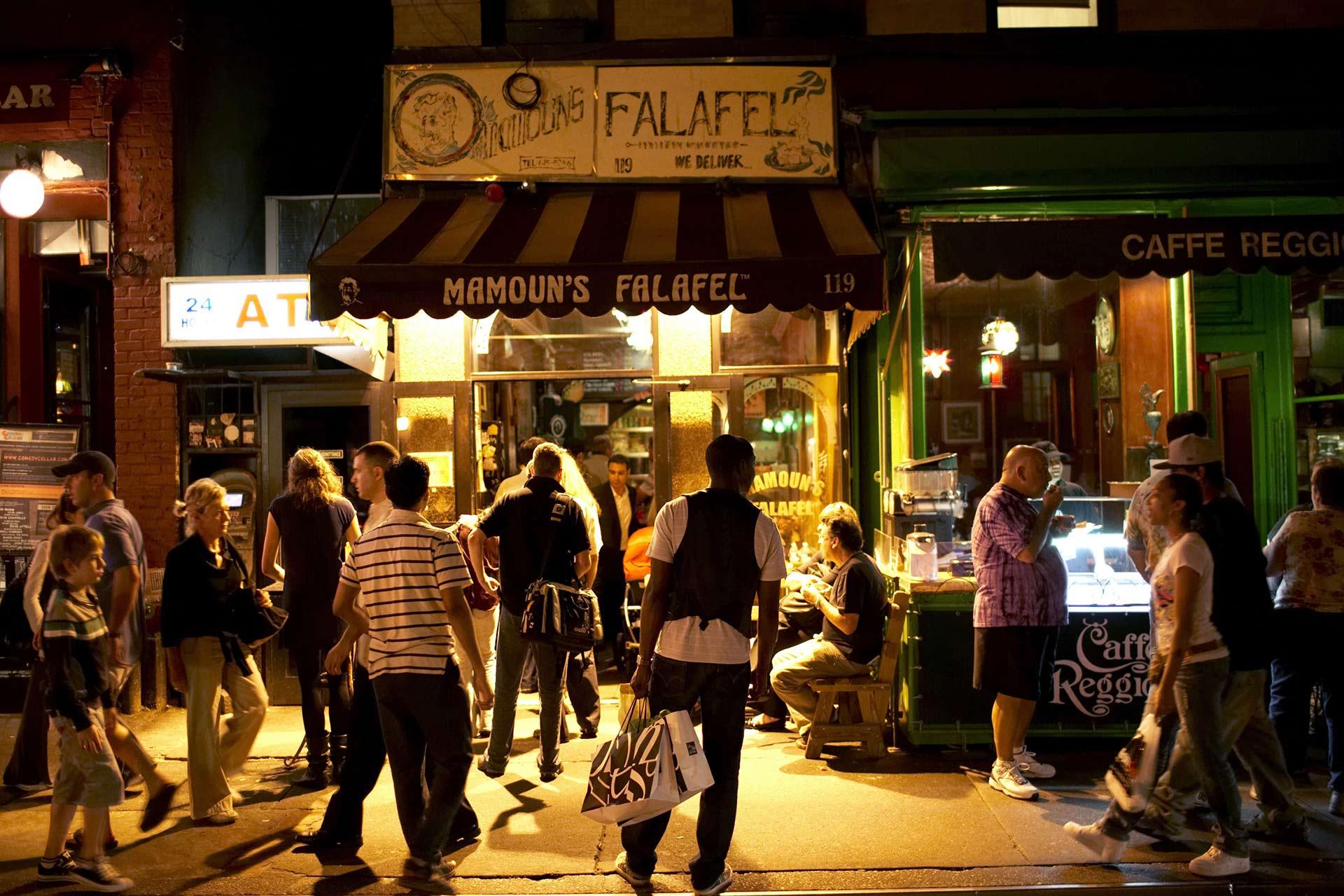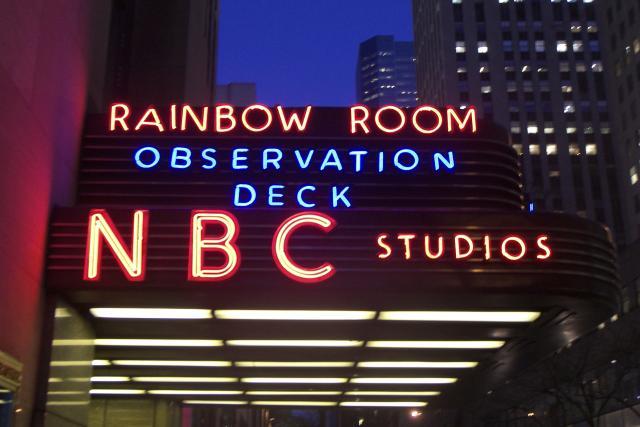Yael Malka is a Bronx native and Brooklyn-based photographer whose work has appeared in The New York Times, New York magazine and Vice. After graduating from Pratt Institute in 2012, Malka has shown her work in numerous solo and group exhibitions. Her photographs, which portray individuals in their routines and surroundings, are known for their intimate nature.
Malka celebrated WorldPride 2019 away from the bustle of official Pride events, spending a day at one of NYC’s lesser-known queer hot spots: Jacob Riis Park. We chatted with Malka about why she’s made hitting the beach her own Pride tradition and what it was like capturing the community there on film.

What first sparked your interest in photography?
Yael Malka: Growing up, my dad would take me out with his camera. I grew up in the Bronx, so we’d drive upstate to look at nature and photograph it. Photography has always been a big part of my family’s life; it’s a hobby of my parents’. I’d say high school is when I started to get really serious with it. I took photo classes and it went very well. It was kind of my thing, and I knew that was what I wanted to dedicate my time to. It was a really good way for me to communicate nonverbally, too.

A day at the beach is an unconventional way to spend Pride. Why did you decide to go there?
YM: If you go all the way down to the [eastern] end of Jacob Riis, it’s a queer beach, and it’s really incredible. I go there as often as I can during the summer. [The beach] is normally a place where trans or gender-nonconforming people don’t feel comfortable; you have your shirt off, it’s hot, you’re going swimming. This is a really amazing place where everyone feels supercomfortable, and it’s really beautiful. I’ve spent the past three Prides there.


How would you describe the feeling and the energy of this section of Jacob Riis? What makes it feel like a Pride celebration to you?
YM: I remember this really special moment from last year. There was a portion of the day during Pride where it was really gray and gloomy and started pouring rain. It was an intense 10-minute sun-shower. When it cleared, there was this moment of unifying for a community over something visually and emotionally beautiful. It was something as simple as the clouds going away and the sunshine coming back out. Everyone was just so joyous and so happy that they had the immediate reaction to clap, so you felt like one with everyone.

Looking at these photographs, they almost don’t look as if they’re in New York City. Is that also part of what made it an interesting location for you to shoot?
YM: I definitely have a hard time shooting in New York. I don’t really like how iconic some things are. When you’re trying to shoot something, it’s very hard to get away from that context. So I immediately knew I wanted to shoot at Jacob Riis, somewhere that’s not as identifiable as a place like the [Pride] March. I was also thinking of this as a diary, which means something that is personal to you. Jacob Riis is a place that I go several times throughout the summer.

Who were you drawn to as subjects?
YM: For me, diversity was really important, especially in a community that isn’t always represented, especially when it comes to minorities. It was important to capture a mixture of different ethnicities and genders. Generally everyone there was having a good time, so I would just see people smiling or laughing. I was also drawn to those who I felt would welcome the opportunity to be photographed.

Are there any images from the day that stand out to you or that you’re especially proud of?
YM: Other than two people I photographed, everyone was a stranger, so I found the level at which I was able to intimately photograph them was really special. There’s a picture of two men by the rocks. They automatically got into this really beautiful pose. The fact that they were willing to trust me in this kind of intimate moment felt really good.

There’s definitely a sense of intimacy and closeness in these photos. Is that something you typically explore in your work?
YM: Yes. I had a solo show last year called Almost Touching. It was about people’s identities and how lovers and friends and strangers reveal themselves to others. It investigated what authenticity means within identity.

Intimacy is something I’m very interested in exploring—what people’s bodies being together means and the connection between mind and body. It’s complicated because it’s not a concrete thing, but I think I’ve been doing that in my work for quite some time. That’s what makes the most interesting photographs to me, when there’s a sense of closeness.

Find more Pride Diaries here.






